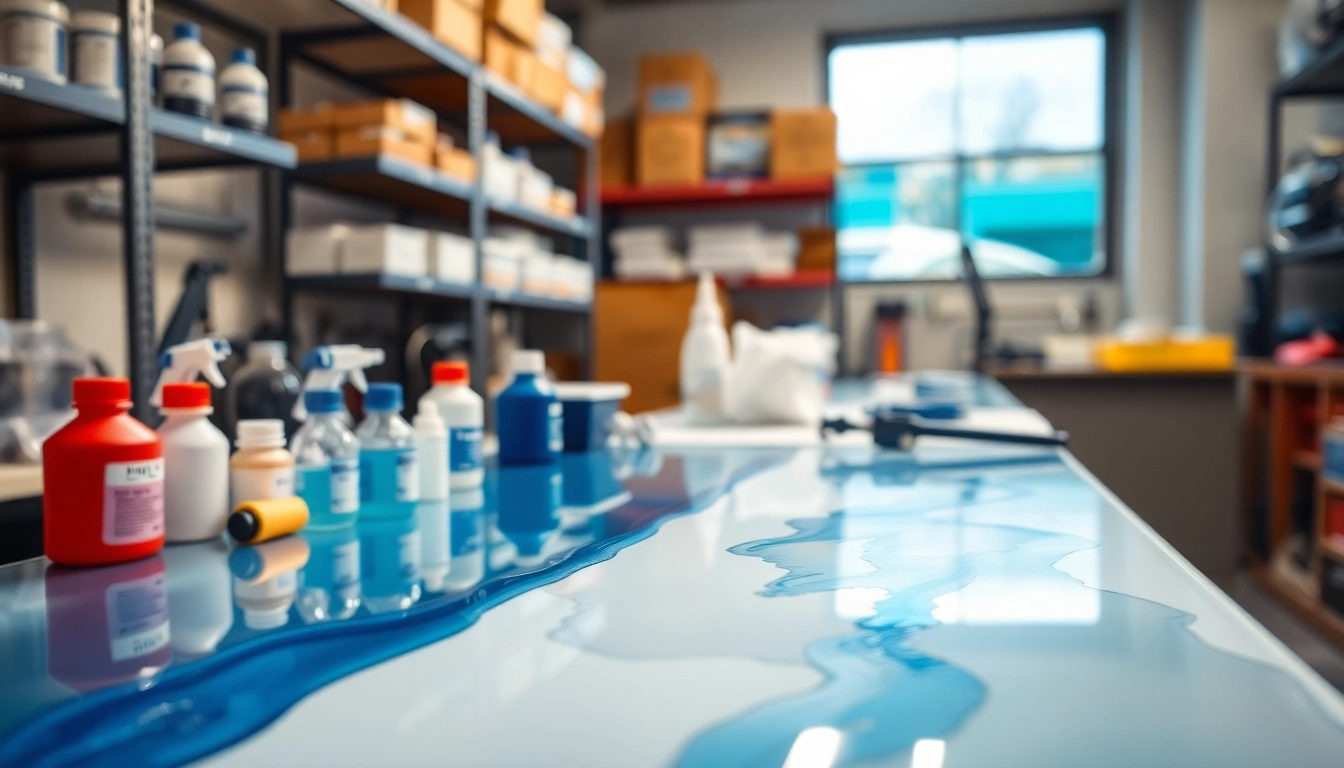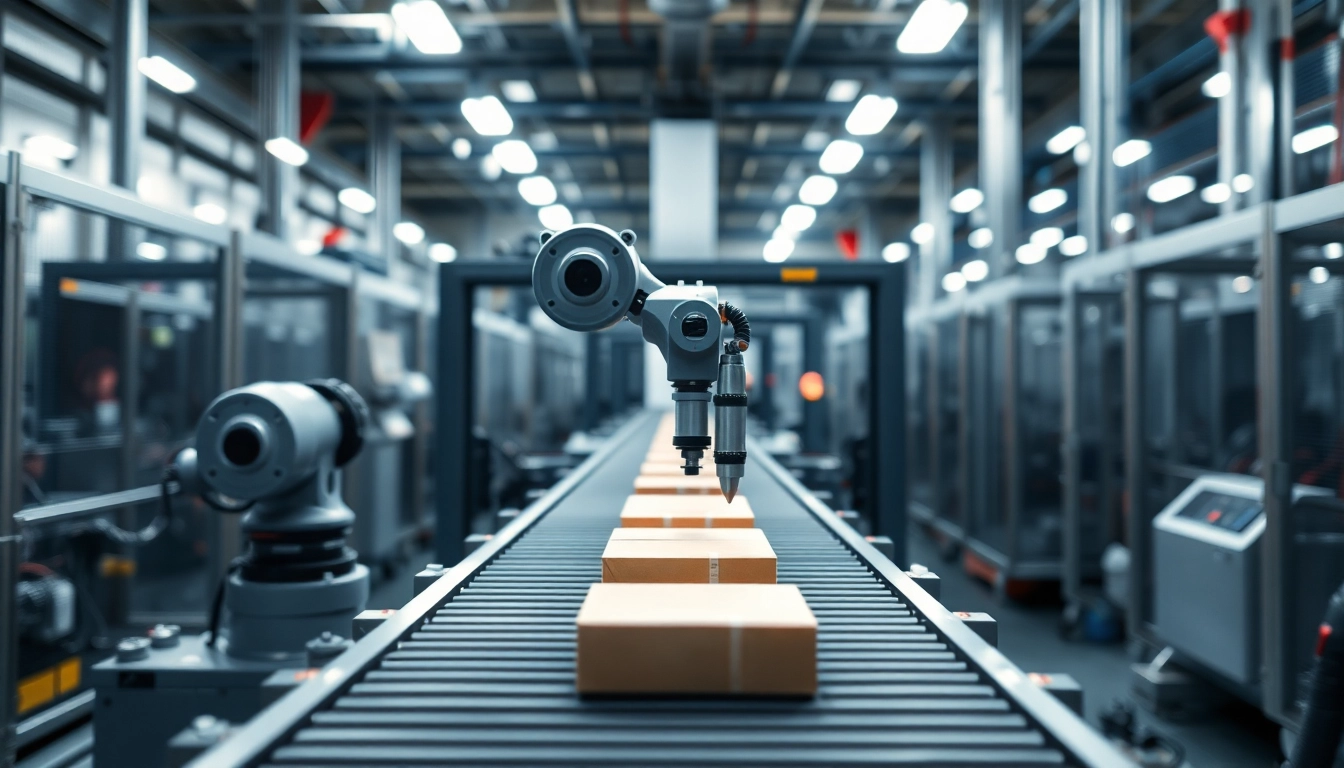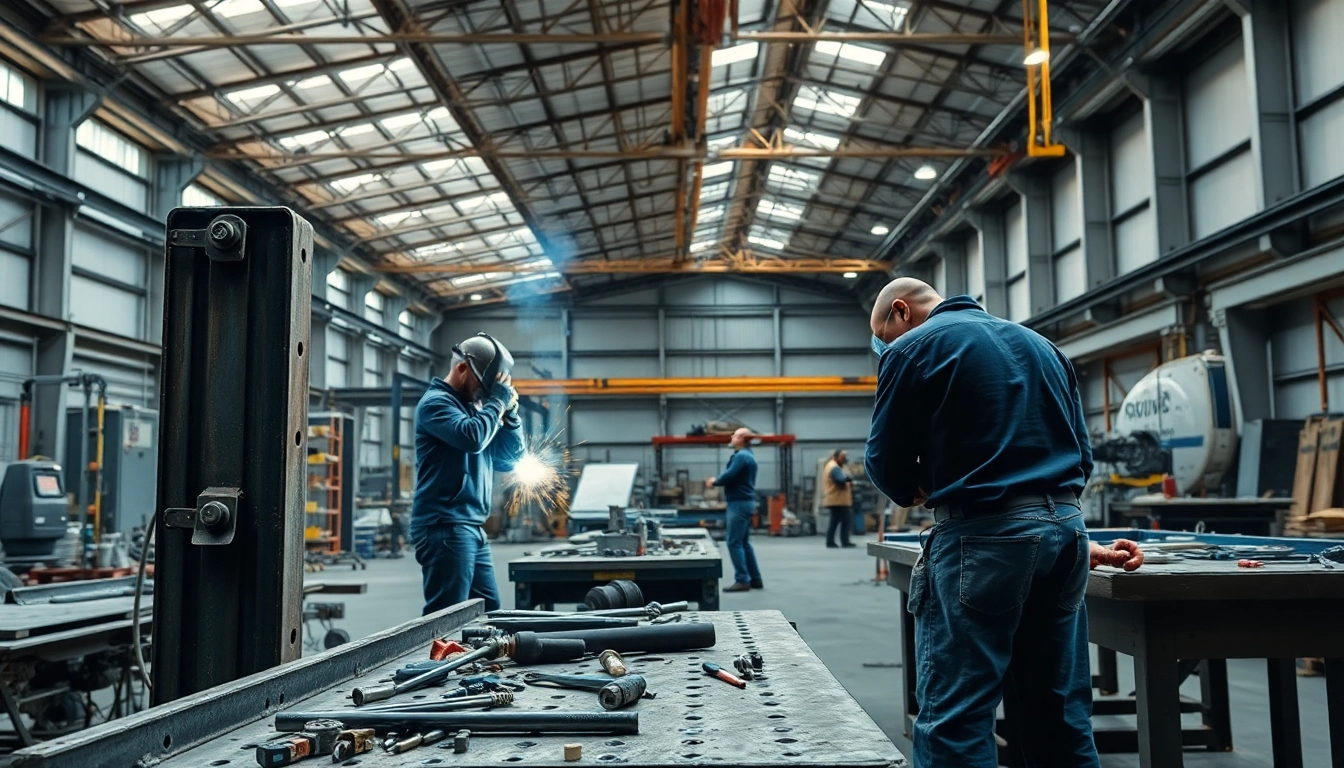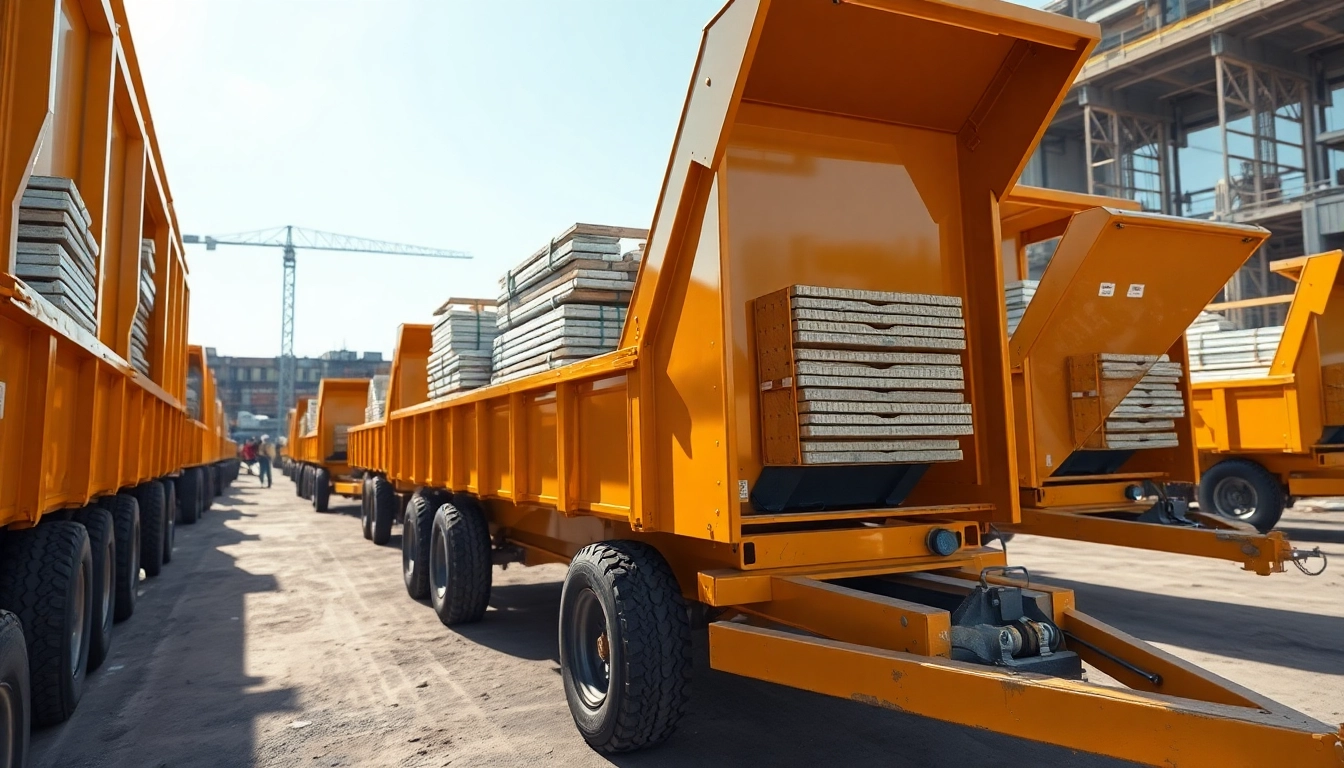Understanding Infusion Resins
Infusion resins are a cornerstone of modern composite manufacturing, providing a versatile means to create strong and lightweight materials used across various industries. This article delves deep into the intricacies of infusion resins, exploring their benefits, types, processing techniques, challenges, and future trends. By understanding infusion resins, manufacturers and engineers can optimize their production processes and enhance the performance of their composite products.
What Are Infusion Resins?
Infusion resins are specially formulated thermosetting or thermoplastic resins that are used predominantly in the composite manufacturing sector. These resins are characterized by their low viscosity, allowing them to flow easily into the spaces between fiber layers in a composite structure during the infusion process. The infusion process typically involves placing dry fiberglass, carbon, or other composite materials into a mold and then drawing a vacuum. Once a vacuum is established, the resin is introduced, filling the mold efficiently and ensuring a strong bond between layers.
This technique not only enhances the performance characteristics of the final product but also minimizes the inclusion of air bubbles, improving the overall structural integrity. Infusion resins can be both epoxy-based and polyester-based, depending on the requirements of the application and specific performance metrics desired.
Benefits of Using Infusion Resins
The use of infusion resins in composite manufacturing offers numerous advantages:
- Enhanced Strength-to-Weight Ratio: Infusion resins contribute to the creation of lightweight structures that maintain exceptional strength, making them ideal for aerospace, automotive, and marine applications.
- Reduced Waste: The infusion process allows for precise control over resin application, leading to less waste compared to traditional hand lay-up methods.
- Improved Surface Finish: The low viscosity of infusion resins allows for better flow and penetration into fabrics, resulting in a superior surface finish without the imperfections often found in hand lay-up techniques.
- Scalability: Infusion techniques can be easily scaled, making them suitable for both small and large production runs.
- Versatility: Infusion resins can be tailored for a wide range of applications, from lightweight structures in aerospace to high-performance components in automotive and sporting goods.
Common Applications of Infusion Resins
Infusion resins are utilized in a spectrum of industries and application areas, including:
- Aerospace: Infusion resins are employed in the production of aircraft components, such as wing structures and fuselage sections, due to their high strength and low weight properties.
- Automotive: The automotive industry leverages infusion resins for manufacturing lightweight components that contribute to fuel efficiency and performance.
- Marine: Infusion resins are widely used in boat manufacturing, allowing for the creation of hulls and other components that are resilient against harsh marine conditions.
- Wind Energy: The production of wind turbine blades often involves infusion resins, which provide durability and strength needed to withstand environmental stresses.
- Consumer Products: Many sporting goods and personal items are produced using infusion resins, showcasing their versatility and adaptability.
Types of Infusion Resins
Thermoset vs Thermoplastic Infusion Resins
Infusion resins can be categorized into two main types: thermoset and thermoplastic. Each type has distinctive characteristics and applications.
Thermoset Resins: These resins harden irreversibly when cured. They provide excellent strength, durability, and chemical resistance, making them suitable for high-performance applications. Common examples include epoxy and polyester resins. Thermosets are widely used in aerospace and automotive sectors where high structural integrity is required.
Thermoplastic Resins: In contrast, thermoplastic resins can be melted and reformed, offering greater flexibility in manufacturing processes. They have a lower environmental impact, as they can be recycled and remolded. Thermoplastic infusion resins are gaining popularity in industries looking for sustainability without compromising on performance.
Low-Viscosity Infusion Resins
Low-viscosity infusion resins are specifically designed to flow easily into dry fiber reinforcements. The key characteristics include:
- Enhanced Penetration: Their low viscosity allows them to effectively saturate the reinforcement materials, ensuring complete wet-out and reducing the risk of voids.
- Quick Curing Times: Many low-viscosity resins cure rapidly, making them suitable for applications requiring fast turnaround times.
- Improved Mechanical Properties: These resins can enhance the mechanical properties of the final product due to their molecular structure, which helps create strong bonds between fibers.
Environmentally Friendly Infusion Resins
In response to growing environmental concerns, the market has seen an increase in the development of environmentally friendly infusion resins. These resins often incorporate bio-based materials and solvents that reduce the carbon footprint associated with traditional resin production. Key benefits include:
- Bio-Based Content: Many modern infusion resins use bio-derived materials, reducing reliance on petroleum-based products.
- Lower Emissions: Eco-friendly resins often have lower volatile organic compounds (VOCs), contributing to improved air quality.
- Sustainable Waste Management: These resins can often be recycled or are designed for end-of-life disposal, minimizing environmental impact.
Infusion Resin Processing Techniques
Vacuum Assisted Resin Infusion
Vacuum assisted resin infusion is one of the most common techniques used in composite manufacturing. This method employs a vacuum to remove air from the mold and drive the resin into the dry fabric layer. The key steps involved are:
- Preparation: The mold is prepared, and dry reinforcement fabrics are placed within it.
- Vacuum Setup: A vacuum bag is placed over the mold, and a vacuum pump is used to remove air, creating a low-pressure environment.
- Resin Introduction: Once the vacuum is established, the resin is introduced into the mold, flowing through the fabric until fully saturated.
- Curing: After saturation, the resin cures within the mold, forming a solid composite structure.
This technique offers numerous advantages, including reduced voids, improved surface finish, and excellent control over resin quantities.
Pressure Infusion Techniques
Pressure infusion techniques employ positive pressure to push resin into the dry fibers, a method that can be advantageous for larger components or complex geometries. The main characteristics include:
- Controlled Resin Flow: By applying pressure, manufacturers can achieve more consistent resin flow into the mold, reducing the likelihood of dry spots.
- Speed: Pressure infusion can be faster than vacuum techniques, allowing for quicker cycle times on large components.
- Versatility: This method is suitable for both thermoset and thermoplastic resins, broadening its application across industries.
Process Optimization for Infusion Resins
To achieve optimal results when using infusion resins, manufacturers must pay attention to various factors:
- Resin Selection: Choosing the right resin based on performance requirements, environmental conditions, and application is crucial.
- Mold Design: Proper mold design, including venting and resin flow paths, can greatly affect the outcome of the infusion process.
- Curing Conditions: Monitoring temperature and humidity during curing can ensure that the resin hardens correctly and maintains its performance characteristics.
Challenges in Infusion Resin Applications
Common Issues and Solutions
Despite the many advantages, working with infusion resins does pose certain challenges. Here are some common issues and their potential solutions:
- Air Traps: Air bubbles can become trapped during the infusion process, leading to weak spots. Solution: Ensure proper venting in the mold design and monitor the vacuum pressure closely.
- Inconsistent Resin Flow: Uneven saturation can lead to poor mechanical properties. Solution: Optimize the resin introduction points and use flow media to assist in even distribution.
- Long Curing Times: Some resins may require significant time to cure. Solution: Utilize faster-curing formulations or adjust the environmental conditions to promote quicker curing.
Cost Considerations
Cost is a critical factor for manufacturers when selecting infusion resins and processes. Considerations include:
- Material Costs: The price of infusion resins can vary significantly, so it’s essential to balance performance required against budget constraints.
- Process Efficiency: Investing in automated or optimized processes can reduce labor costs and waste, ultimately saving money in the long run.
- Return on Investment: Analyzing the overall cost versus the benefits of improved product quality, performance, and marketability is crucial for justifying investment in specific resin systems.
Quality Control in Infusion Processes
Implementing stringent quality control measures is vital to ensuring the success of infusion resin applications. Key practices include:
- Regular Testing: Periodic mechanical testing of composite samples can help identify potential issues with resin curing or composite integrity.
- Visual Inspections: Conduct thorough inspections of cured parts to check for surface defects, delamination, or voids.
- Documentation: Keeping detailed records of mixing ratios, processing conditions, and testing results can aid in improving future batch consistency.
Future Trends in Infusion Resins
Innovative Developments
As technology and engineering practices evolve, infusion resins are undergoing continuous advancements. Emerging trends include:
- Smart Materials: The integration of smart technologies with infusion resins will enable real-time monitoring of curing processes and performance diagnostics.
- Advanced Formulations: Ongoing R&D is leading to the development of new resin formulations that enhance performance characteristics, such as heat resistance and impact strength.
- Hybrid Systems: The combination of different resin types may yield superior properties, pushing the boundaries of what is achievable in composite manufacturing.
Market Demand for Infusion Resins
Market demand for infusion resins continues to grow, driven by various global trends, including:
- Sustainability Initiatives: Increased environmental regulations and consumer demand for sustainable products are pushing manufacturers towards eco-friendly resin options.
- Aerospace Expansion: The booming aerospace sector, with the rise of new aircraft models and technological innovations, is significantly increasing the demand for higher-performance infusion resins.
- Automotive Shift: The automotive industry’s shift towards electric vehicles necessitates lightweight materials, positioning infusion resins as a crucial element in new vehicle designs.
Sustainability in Infusion Resin Manufacturing
With increasing focus on sustainability, infusion resin manufacturers are prioritizing eco-friendly practices. Key strategies include:
- Material Sourcing: Companies are sourcing bio-based and recycled materials to reduce the reliance on petroleum-derived resins.
- Energy Efficiency: Implementing more energy-efficient processes during resin production helps reduce carbon emissions.
- End-of-Life Solutions: Developing systems for recycling or biodegradability of infusion resins is crucial in minimizing environmental impact.



